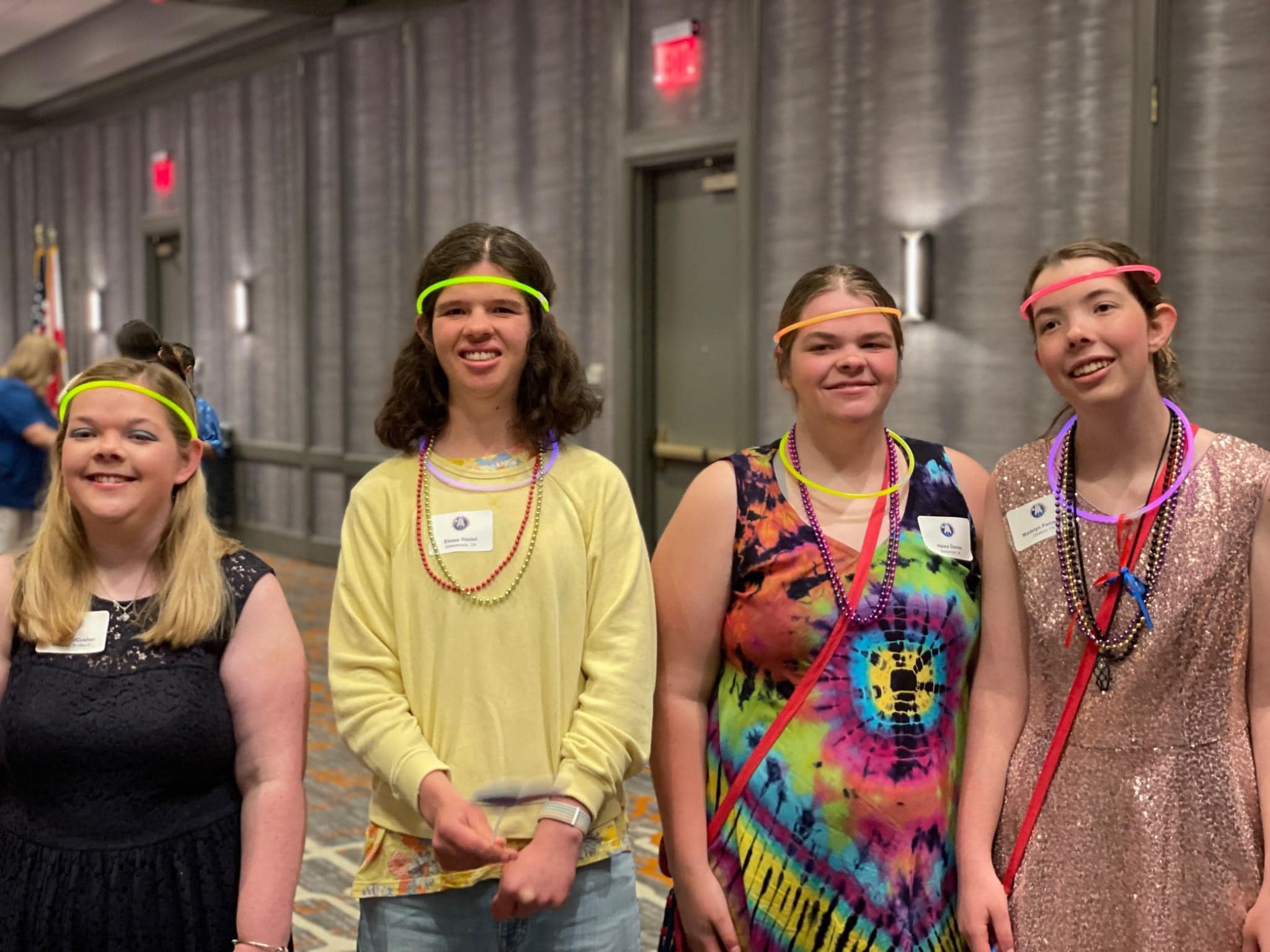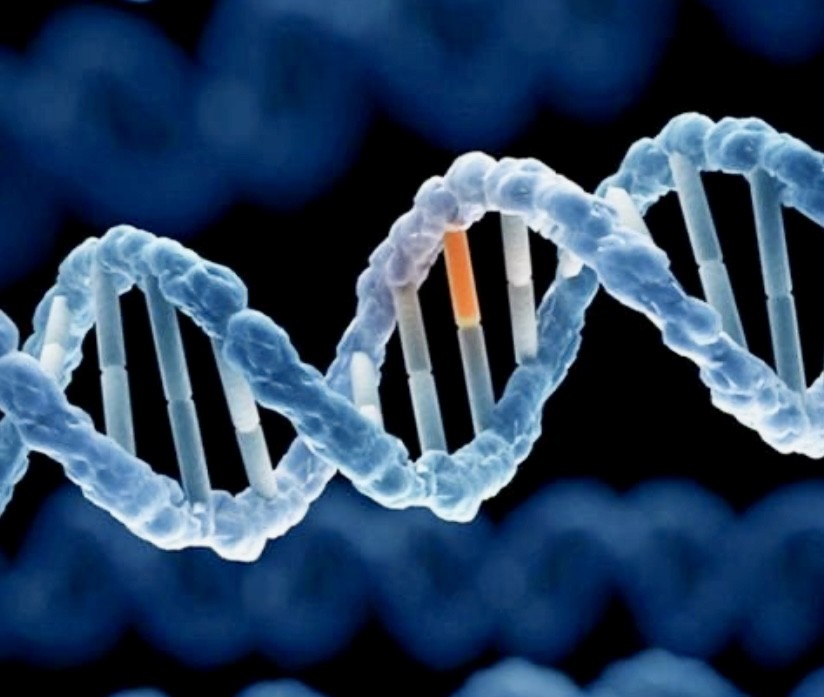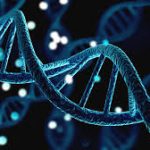Testing and Diagnosis

Is there a test for Coffin-Lowry Syndrome?


Due to common characteristics that Coffin-Lowry Syndrome (CLS) shares with other disorders (developmental delays, low muscle tone, etc.) many individuals with CLS are originally misdiagnosed. Late or misdiagnosis may cause individuals to lose opportunities for early intervention programs, resources or personalized support.
Genetic testing and diagnosis of CLS is done through a medical doctor. Molecular genetic testing on a blood specimen or cells from a cheek swab is available to identify mutations in the RPS6KA3 gene confirming the CLS diagnosis. X-rays to see the effects on the spine, fingers and long bones can also be used as a diagnostic tool. Neuroimaging studies looking closely at the brain, have not been conclusive. [1]
After receiving a diagnosis of CLS, many parents may become overwhelmed by the fact that they know nothing about the syndrome and their road ahead. The good news is that we know what an individual with CLS is able to do and accomplish more than was believed years ago.
Early intervention is key. Talk to your child’s doctor about potential therapies to help with development. Will there be some rough roads ahead? Probably. The CLS Foundation is here to help and includes a community of families and caregivers from all over the world.

References
[1] https://my.clevelandclinic.org/health/diseases/24114-coffin-lowry-syndrome, Sep 2022



